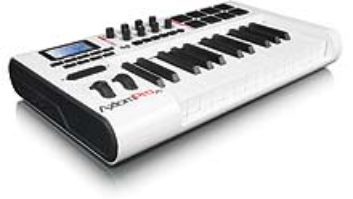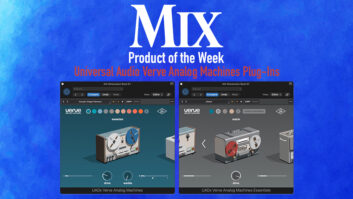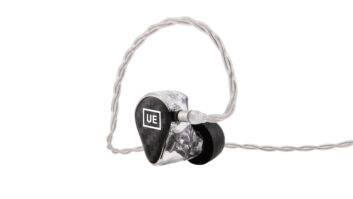The biggest gamble in Vegas isn’t in any casino. This year, I lucked out in the NAB hotel lottery and got a room in the Las Vegas Hilton, next door to the convention action. Now, I can get up a half-hour later and be on the NAB floor in minutes! Actually, it’s not so close: To get there, I have to walk through the hotel casino and past the Star Trek Experience attraction. Clever…
Speaking of Star Trek, I spent a sizable chunk of my life living overseas and speaking foreign languages, so I always wanted the Universal Translator used on the series. Unfortunately, it was little more than a cheap plot device so that Kirk, Spock, Picard, et al., could converse with aliens anywhere in the galaxy. These days, the language translator’s almost here — at least in software for your PC, Palm Pilot or BabelFish on the Net — but what this world really needs is a Universal Translator for audio mixes.
Way back when audio was simply stereo or mono, figuring out how your mixes translated from your glorious studio monitors to some consumer’s horrific playback system was straightforward: Make it sound good on Auratone Cubes or Yamaha NS-10s, and you’d be fairly safe. These days, things aren’t so easy: Hopefully, we’re mixing surround projects on decent monitors, but at the same time, what kind of indecent speakers are available for surround reference playbacks? The old standbys for stereo music checks — i.e., headphones, boom boxes, Walkmans, car stereos — are inadequate for 5.1 playbacks. And, if guessing consumer playback gear was tough in stereo, it’s damn-near impossible with 5.1 systems.
While we mix on carefully matched monitor pentas (the 5.1 term of “pairs”), consumer surround systems rarely have matching transducers, typically with a pair of tower speakers for left/right, a tiny (or tinny) TV-top center speaker and some two-ways left from their old stereo for surrounds. Apartment installations require at least dual 18-inch/1kW powered subwoofers. Outside of the 79 people who have well-crafted home-theater setups, all other consumer surround systems are sold in Costco stores as a $149 complete kit with five 2-inch speakers, a 20-watt (total) 5.1 receiver and a 6×9 subwoofer. (Those old mono car speakers had to go somewhere!)
Sound bleak? It’s worse: Today’s consumer receivers include silly DSP settings (Concert Hall, Action Movie, Jazz, etc.) to further muck up your mix! However, there is a glimmer of hope. Discovering movie DVD releases as a major source of income — some estimates put the DVD payback as high as 50% of a film’s total revenue — major studios are mindful of the home DVD connoisseur. Today, more and more films get DVD remixes for the home environment; Philip De Lancie reports on this growing trend on page 54. In this issue, we also review a couple of new surround monitor controllers. More? New Pro Logic II software for Dolby’s 563 encoder enables full 5.1 broadcasts via standard stereo carriers and media, while mini-reference monitors such as Alesis’ ProActive 5.1 system could become the new Auratones.
Predicting consumer playback systems is no easier, but surround production shows no signs of slowing down; checking out some new 5.1 tools at this month’s NAB could be the best bet in town.
See you there!
BOOKMARK THIS! Check out the all-new Mix Website at www.mixonline.com.






